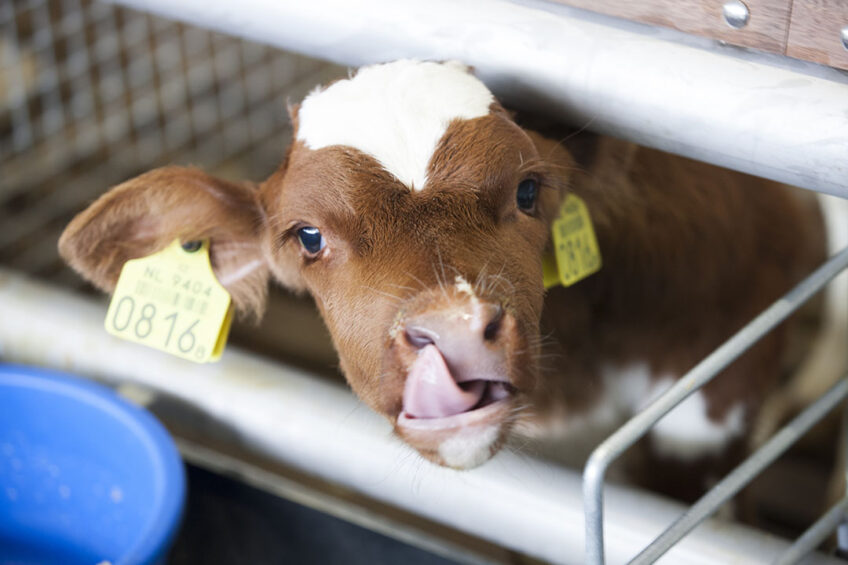Humic acids for better ruminant health

Here we look at the benefits that humic acids offer and their positive effect on health in ruminants.
BioAg Europe states that the impact of humic acid on intestinal health results in higher fat contents, longer life span and less reduced production in case of heat stress. The company obtained these results not only in its own research barn – where the ongoing research has entered its 5th year – but also among various dairy farmers. Here one farmer tells us about the impact of PrimeHumic humic acids on calves.

Dairy farm Koepon in North Groningen, the Netherlands is not an average farm business. The modern company with over 400 dairy cows achieves above-average results through an optimal combination of genetics, hygiene, cow comfort and nutrition. Nevertheless, the company faced a problem with the youngest calves, which It turned out to be a variant of the salmonella bacteria. The solution was partly found in the addition of humic acids to the feed. “We were positively surprised that such a small addition could solve the problem,” says manager Marcel Rijkers.
Salmonella bacteria
The youngest calves were becoming ill and showed signs of shortness of breath and coughing. “We also had a slightly higher mortality rate among the calves, while the mortality percentage is normally very low, 3 to 4%. Fortunately only a few calves died, but the other calves were not fit either,” says Marcel. The veterinarian couldn’t pinpoint a main reason and the regular antibiotic treatment didn’t work. “We performed a blood test and it turned out to be salmonella. Not the regular salmonella bacteria, but a variant.”
 Calf health: Know what’s vital and profitable
Calf health: Know what’s vital and profitable
In a recent Agriculture and Horticulture Development Board (AHDB) webinar – Healthy calves, healthy profit – calves were the topic of the discussion.
Better digestion and intestinal health
The advice was to add, among other things, clay minerals. “But we already did that to bind toxins from the roughage, on the advice of Sipke Scheepsma from Micro Nutritions. He is positive that humic acids can help with salmonella problems. Humic acids increase resistance through better digestion and intestinal health, allowing the problem to solve itself. We immediately started using PrimeHumic humic acids in calves and dairy cattle. We did not see any problems in dairy cattle, but the salmonella infection was detected in the blood. We detected it on time. For the dairy cattle, we mixed PrimeHumic as a powder through the premix of the TMR ration, for the calves we mixed a liquid product through the milk. The first weeks we gave a double dosage, after that we went back to the standard dosage, 20 cc per calf per day. We also tightened the hygiene measures.”
 3 key factors for optimal herd health and performance
3 key factors for optimal herd health and performance
Numerous factors can impact dairy herd health and performance, including genetics, management, housing and stress. However, the most fundamental factor in ensuring herd success is nutrition.
Better contents
After about a week, the calves were doing better. “The calves became stronger, more active, had a better digestion and therefore also had better manure. We also saw effects in the dairy cattle; feed efficiency improved, intestinal flora was healthier, manure seemed better and we achieved slightly higher contents. The fat percentage increased by 0.1% and the protein percentage by 0.05%. Normally we get as much as 35 to 38 litres per cow per day, and somewhat lower percentages. Now we have better contents as well: 4.3% fat and 3.5% protein.”
Source and for more info: BioAg Europe
Author: Tessa Nederhoff
Join 13,000+ subscribers
Subscribe to our newsletter to stay updated about all the need-to-know content in the dairy sector, two times a week.










